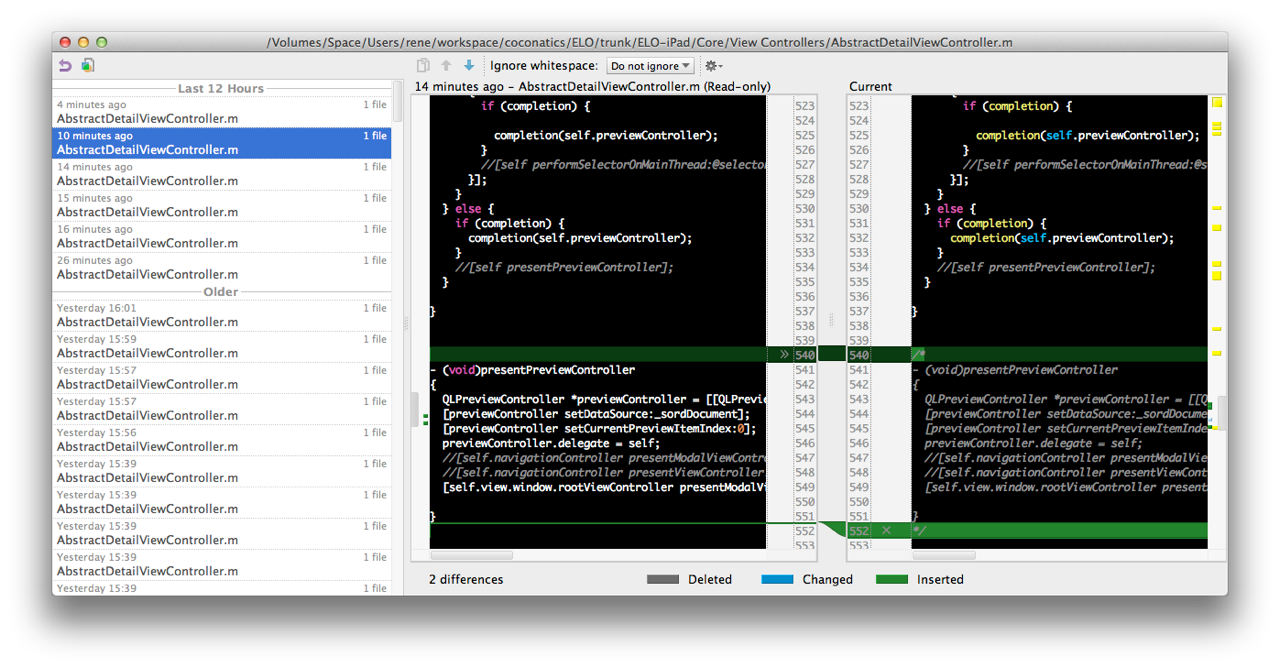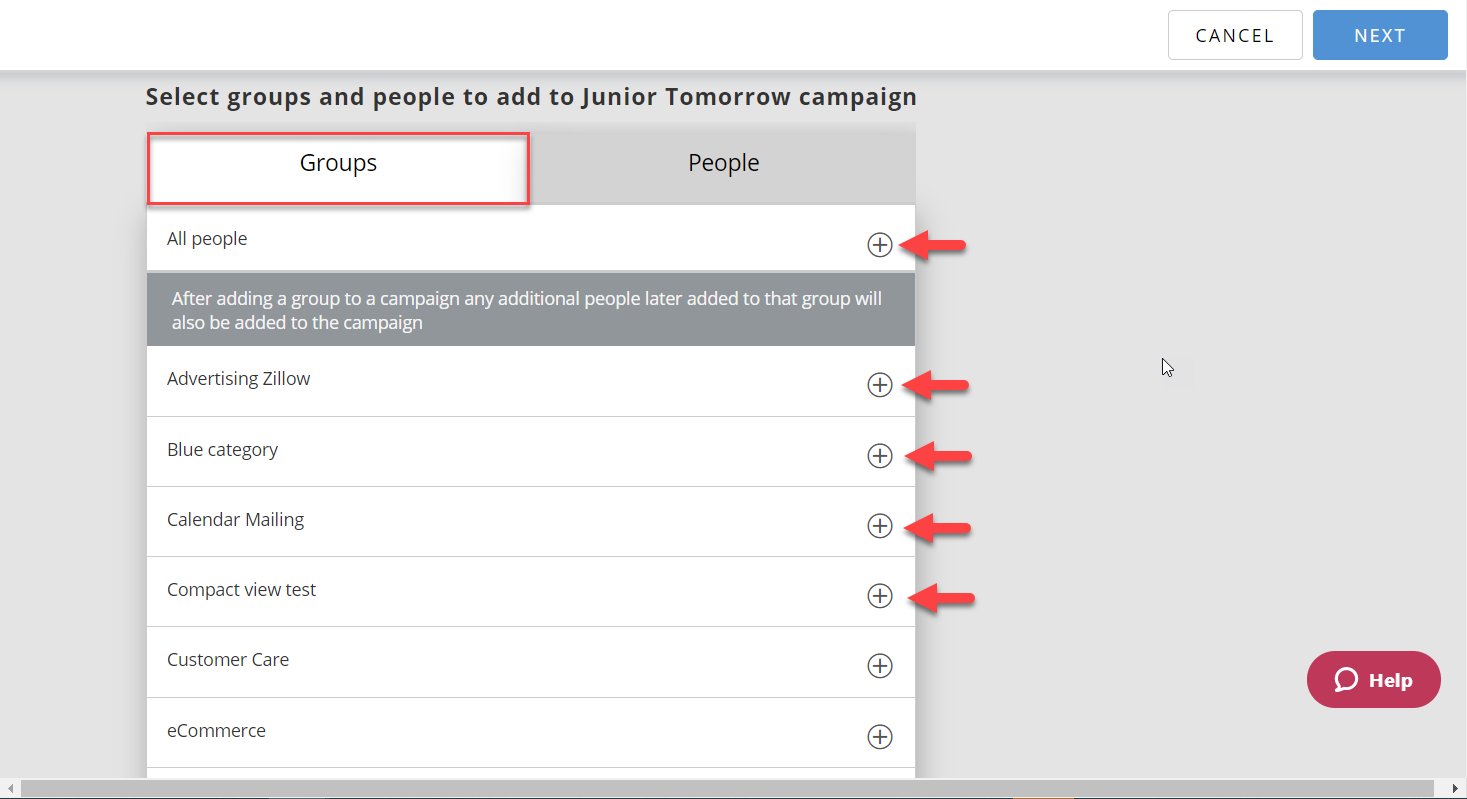

If the app will run in a Webex Meeting, Space, or both.You'll need to provide the following information about your embedded app: Next you'll create your embedded application on the Developer Portal. Save your changes to shared.html and shared.js and publish them to your web host.Ĭreate your Embedded App on the Developer Portal
APPCODE ADD GROUPS CODE
This code largely similar to that used in the iniator app but also displays the value of the user.id field returned by the () in the app's log console. "Shared App" is the title of the window or tab that will be createdĪpp.setShareUrl(url, "", "Shared App").then(() => `) Replace this with the URL of your shared page Wait for onReady() promise to fulfill before using framework Next you'll create the app's index.js JavaScript file.Ĭreate a JavaScript file named index.js and add to it the following code: The native console.log() function is also available to your app (once you've enabled developer tools in Meeting Center and Webex) but this provides an easier way to view app output.

Note the defer attribute on the script tag.

For example, these URLs might be " " and " ". Similarly, any URLs that the initiator app shares with users with the setShareUrl() method must also be publicly accessible over HTTPS.īefore getting started, select the two URLs that you'll use for the initiator app and the shared app. The URL for your embedded app needs to available over HTTPS at a public URL.
APPCODE ADD GROUPS HOW TO
How to retrieve user information with the Embedded App Framework API.How to respond to events generated by the framework.How to test your app in Webex meetings and spaces.How to create and configure your embedded app in the Developer Portal.The basics of using the embedded app framework in a web application.

In this quick start you'll create and test a basic embedded app in a Webex meeting and a Webex space.


 0 kommentar(er)
0 kommentar(er)
